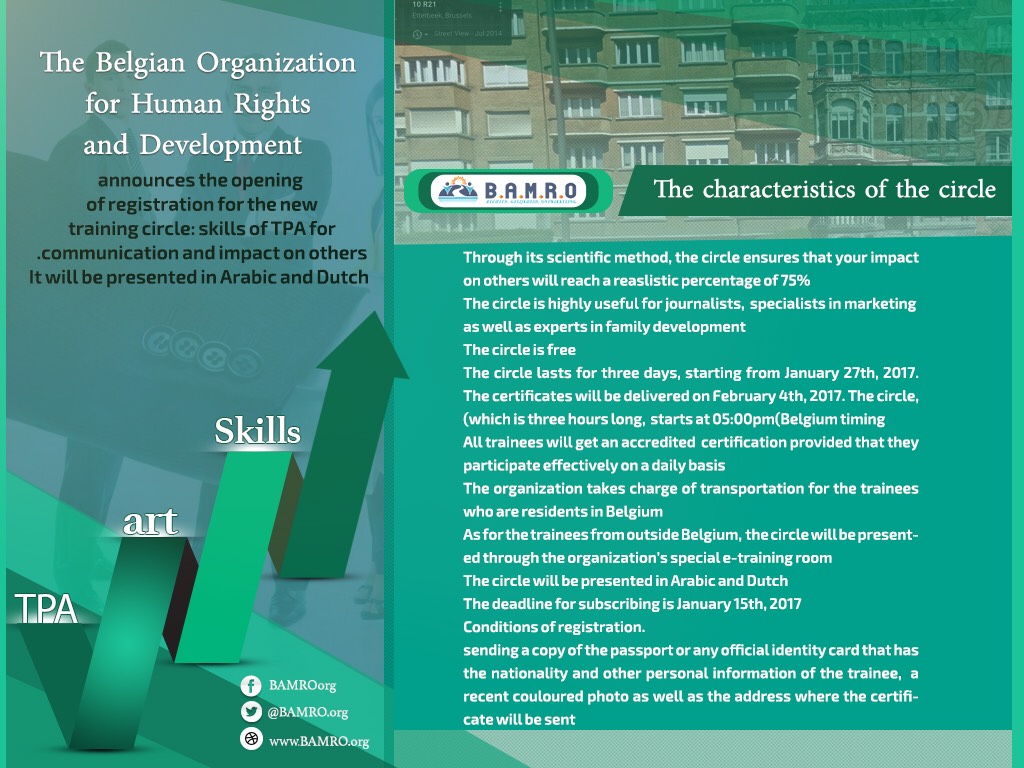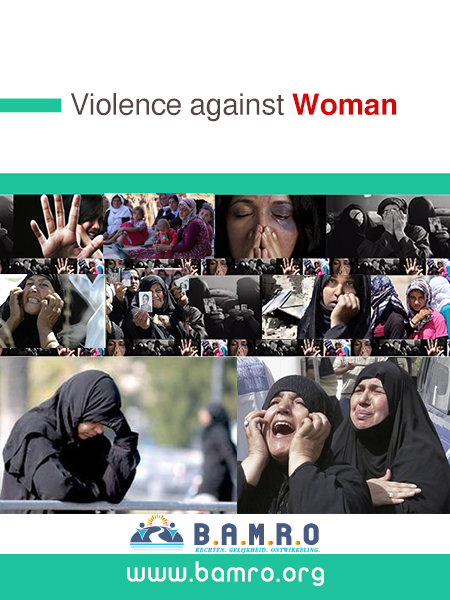Vote
-
For further training via the Zoom program or at our office? ?
Register a
Violation
We you
Contact youS.O.S.
0032 02 7322568
30 August – International Day of the Victims of Enforced Disappearance..
About enforced disappearance
An enforced disappearance is considered to be the arrest, detention, abduction or any other form of deprivation of liberty by agents of the State or by persons or groups of persons acting with the authorization, support or acquiescence of the State, followed by a refusal to acknowledge the deprivation of liberty or by concealment of the fate or whereabouts of the disappeared person, which place such a person outside the protection of the law (Article 2 of the ICPED and Preamble of the Declaration on the Protection of all Persons from Enforced Disappearance)
It is characterized by three cumulative elements (defined in A/HRC/16/48/Add.3):
Deprivation of liberty against the will of the person;
Involvement of government officials, at least by acquiescence;
Refusal to acknowledge the deprivation of liberty or concealment of the fate or whereabouts of the disappeared person.
A disappearance has a doubly paralysing impact: on the victim, who is removed from the protection of the law, frequently subjected to torture and in constant fear for their lives; and on their families, ignorant of the fate of their loved ones, their emotions alternating between hope and despair, wondering and waiting, sometimes for years, for news that may never come.
Enforced disappearance has frequently been used as a strategy to spread terror within societies. The feeling of insecurity generated by this practice is not limited to the close relatives of the disappeared, but also affects their communities and society as a whole.
Trends and manifestations of enforced disappearances have also evolved as explained in various reports of the Working Group on enforced or involuntary disappearances.
The actions of the Working Group on enforced disappearances (WGEID)
The main function of the WGEID is a humanitarian one, in the sense that it assists families in determining the fate or whereabouts of their loved ones who are reportedly forcibly disappeared. The WGEID acts as a channel of communication between relatives of victims of enforced disappearance or organizations supporting them, and the governments concerned.
For this purpose, the WGEID receives, examines and transmits to governments reports of enforced disappearances submitted by relatives or human rights organizations acting on their behalf. The WGEID requests governments to carry out investigations and share information on the results of said investigations. The WGEID follows up on its requests for information on a periodic basis. Cases remain open in the WGEID’s database until the fate or whereabouts of the person is determined.
Since its inception, according to the latest publicly available information, the WGEID has transmitted 60,703 cases to 112 States. The number of cases under active consideration stands at more than 47,774 in a total of 97 States.
The Working Group and the Committee on Enforced Disappearance
The International Convention for the Protection of all Persons from Enforced Disappearances was adopted in 2006. The Convention creates an obligation for States to make the offence of enforced disappearance punishable by appropriate penalties which take into account its extreme seriousness. It also affirms that enforced disappearances constitute a crime against humanity when practiced in a widespread or systematic manner as did the Declaration. On 6 February 2007, the historic opening for signature of the Convention took place in Paris, where 57 countries signed it. The International Convention entered into force on 23 December 2010 and with it the Committee on Enforced Disappearances was established.
As is the case for many other thematic human rights issues, the Committee on Enforced Disappearances and the Working Group on Enforced or Involuntary Disappearances exist side by side and collaborate to assist States in their fight against enforced disappearances and support victims in their quest for truth, justice, remedy and reparation. While the competence of the Committee is limited to those States that have ratified the Convention, the Working Group is able to consider the situation in all countries.
Listings
- 1
- 2
- 3
- 4
- 5









